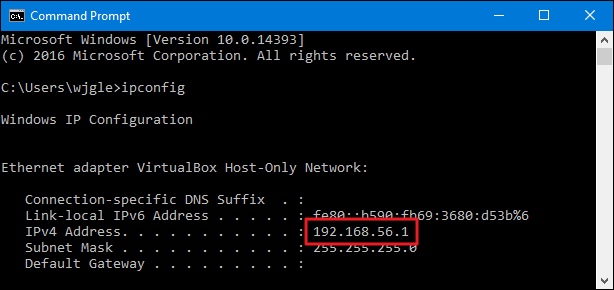The Black Ink Team's Guide To IP Addresses
by Black Ink Team
The IP address for your computer is not like the physical address for your home, because depending on the network it is connected to, it changes. IP addresses are assigned by Internet providers, and are used to route information. Every time you initiate a web service (watching a video, for instance) your computer’s IP address gets sent out so that the server knows where to send the information you requested. ‘IP’ stands for ‘Internet protocol.’

One of the reasons why you may have heard of IP addresses is their involvement in cyber attacks. A DDoS (distributed denial of service) attack is when a server receives many requests from many different IP addresses all at once. This causes servers to have severe lag. If it is just one IP address sending out many requests, most servers will recognize that as an attack and block that IP address. To launch DDoS attacks, criminals need many IP addresses, which they can get in a variety of ways. They can disseminate viruses that turn other people’s computers into ‘zombies’ - compromises computers that participate in DDoS attacks without their owner’s knowledge. Also, they can take control of devices that most people wouldn’t think of as having IP addresses (security cameras, refrigerators, thermostats, etc.).
IP addresses consist of four numbers ranging from 0 to 255 separated by periods. They can also include a colon and a four digit number at the end - this is called a ‘port’ number, and is used when multiple computers are hooked up to the same router (or switch).
